
|
You entered: NASA
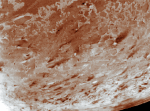 Geysers on Triton
Geysers on Triton
5.08.1995
In August of 1989 NASA's Voyager 2 spacecraft passed by Neptune, the most distant of the solar system's gas giant planets. Its encounter with Neptune climaxed with its closest approach to Neptune's largest moon Triton.
 Surveyor Hops
Surveyor Hops
22.11.1997
This panorama of the cratered lunar surface was constructed from images returned by the US Surveyor 6 lander. Surveyor 6 was not the first spacecraft to accomplish a soft landing on the Moon ... but it was the first to land and then lift off again!
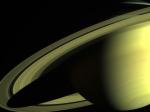 24 Million Kilometers to Saturn
24 Million Kilometers to Saturn
31.05.2004
Next stop: Saturn. The Cassini-Huygens spacecraft is approaching Saturn and will fire its engines to break into orbit around the ringed giant on July 1. The robot spacecraft was launched in 1997 and rounded Jupiter in 2001.
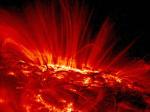 Sunspot Loops in Ultraviolet
Sunspot Loops in Ultraviolet
10.10.2004
It was a quiet day on the Sun. The above image shows, however, that even during off days the Sun's surface is a busy place. Shown in ultraviolet light, the relatively cool dark regions have temperatures of thousands of degrees Celsius.
 Atlantis to Orbit
Atlantis to Orbit
12.12.2004
Birds don't fly this high. Airplanes don't go this fast. The Statue of Liberty weighs less. No species other than human can even comprehend what is going on, nor could any human just a millennium ago. The launch of a rocket bound for space is an event that inspires awe and challenges description.
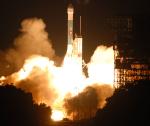 Phoenix Rises Toward Mars
Phoenix Rises Toward Mars
8.08.2007
Can Mars sustain life? To help answer this question, last week NASA launched the Phoenix mission to Mars. In May 2008, Phoenix is expected to land in an unexplored north polar region of Mars that is rich in water-ice.
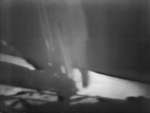 Apollo 11: Onto a New World
Apollo 11: Onto a New World
20.07.2009
A human first set foot on another world on July 20, 1969. This world was Earth's own Moon. In honor of today's 40th anniversary, NASA has released a digitally restored video of this milestone in human history. Pictured above is Neil Armstrong preparing to take the historic first step.
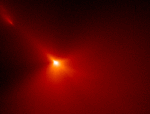 Near the Nucleus of Hyakutake
Near the Nucleus of Hyakutake
28.03.1996
NASA's Hubble Space Telescope captured this image of the near-nuclear region of Comet Hyakutake on March 25 as the comet approached within 9.3 million miles of the Earth. It covers a relatively "small" 2,000 mile wide area with the sunward direction toward the lower right (tailward is upper left).
 M51: X Rays from the Whirlpool
M51: X Rays from the Whirlpool
10.06.2014
What if we X-rayed an entire spiral galaxy? This was done (again) recently by NASA's Chandra X-ray Observatory for the nearby interacting galaxies known as the Whirlpool (M51). Hundreds of glittering x-ray stars are present in the above Chandra image of the spiral and its neighbor.
 Webb Telescope Mirror Rises after Assembly
Webb Telescope Mirror Rises after Assembly
9.05.2016
Move over Hubble -- here comes the James Webb Space Telescope (JWST). JWST promises to be the new most powerful telescope in space. In the last month, the 18-segment gold-plated primary mirror for JWST was unveiled. In the featured time-lapse video taken last week, the 6.5-meter diameter mirror was raised to a vertical position.
|
January February March April May June July |
|||||||||||||||||||||||||||||||||||||||||||||||||